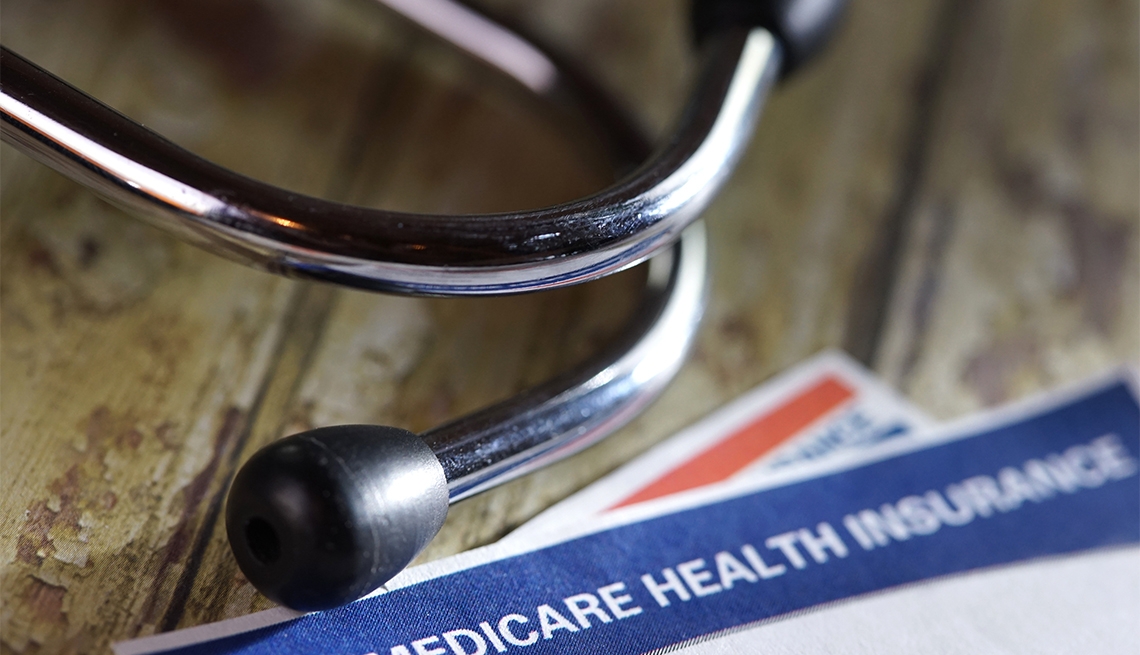
Do medicare part d drug plans still have a donut hole?
- Select a language for the TTS:
- UK English Female
- UK English Male
- US English Female
- US English Male
- Australian Female
- Australian Male
- Language selected: (auto detect) - EN
Play all audios:

WHEN DID THE PART D COVERAGE GAP GO AWAY? On Jan. 1, 2025, Medicare’s $2,000-a-year out-of-pocket limit for prescription medications took effect. It applies to stand-alone Medicare Part D
policies and drug coverage in Medicare Advantage plans. The $2,000 cap includes deductibles, copayments and coinsurance for covered drugs. It doesn’t apply to premiums or to drugs a plan
doesn’t cover. An estimated 3.2 million Americans are expected to save money on prescription medications this year because of an AARP-backed law that Congress passed in 2022, according to an
August 2024 AARP report. WHAT USED TO HAPPEN WHEN SOMEONE HAD HIGH DRUG COSTS? From 2021 to 2024, you hit the coverage gap when you and your insurance company paid thousands of dollars for
your medications during a year. That number included any deductible you had to pay before a plan would cover your prescriptions. In 2024, you stayed in the gap until you spent $8,000 out of
your own pocket for covered drugs during the year. Then you automatically entered the catastrophic coverage phase where you no longer had to pay out-of-pocket costs for covered drugs for
the rest of the calendar year after you reached the catastrophic phase. Catastrophic coverage used to work differently before 2024: Once an enrollee’s out-of-pocket costs reached a certain
level, they had to pay 5 percent of their prescription drug costs with no limit. During a typical year, you might not have reached all the coverage phases, depending on the cost of your
medications. And you had to start over again when a new plan year started each Jan. 1. KEEP IN MIND If even a $2,000 cap could create financial hardship, you may qualify for one of two
programs. THE MEDICARE PRESCRIPTION PAYMENT PLAN gives both Part D and Medicare Advantage plan participants the option to spread their drug costs throughout the year instead of paying a big
bill in one lump sum. It won't save money on drug costs, but it can help prevent big-bill sticker shock, and you can apply at any time. THE PART D EXTRA HELP financial assistance
program can help people with income and assets below a certain level pay for Part D premiums, deductibles, copayments and coinsurance. With full Extra Help, you’ll pay no more than $4.90 for
each covered generic drug and $12.15 for each brand-name drug in 2025 until the total drug costs from what you, Extra Help and other financial assistance programs pay reach $2,000. Then
you'll pay nothing more for your covered prescriptions until the next year. _This story, originally published June 16, 2022, was updated to reflect the complete closure of the donut
hole and 2025 programs meant to help those who still might have difficulties paying big prescription bills._ Return to Medicare Q&A main page
